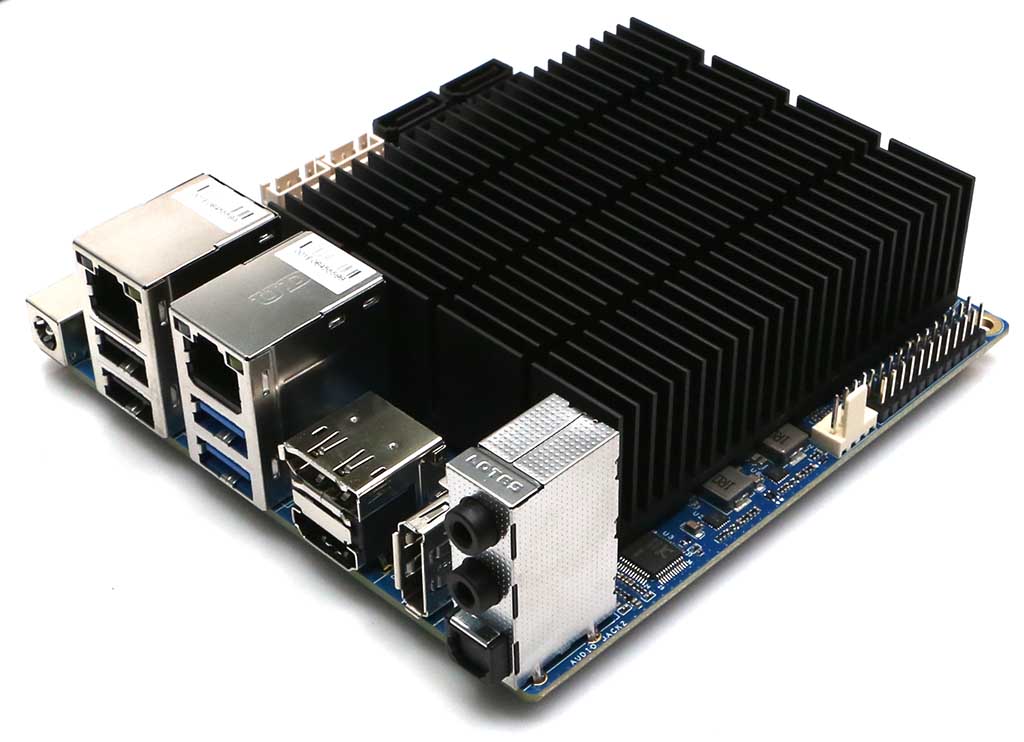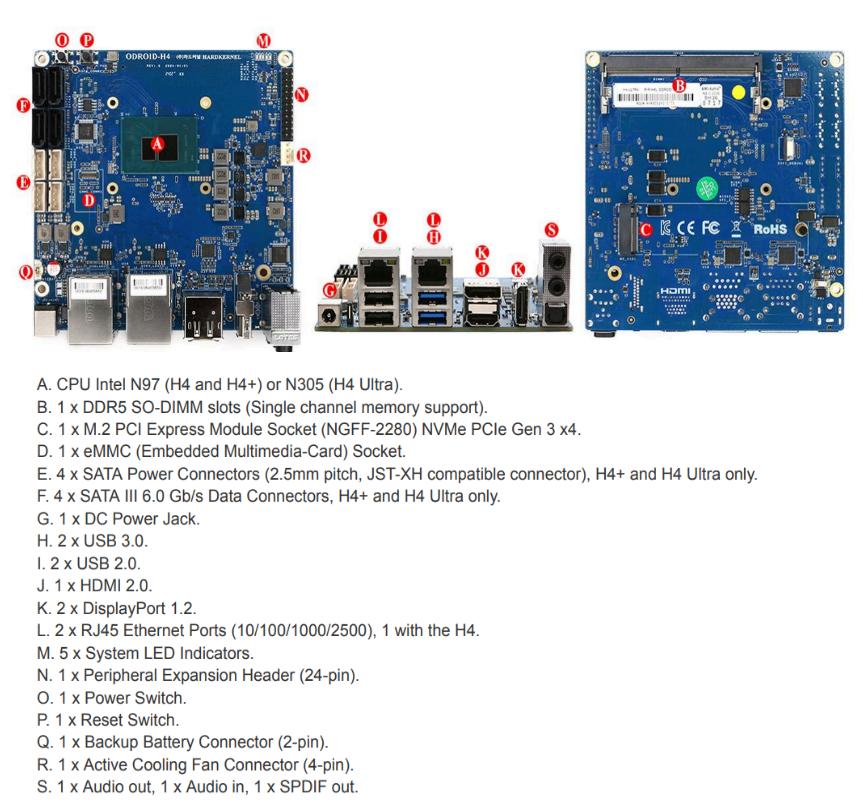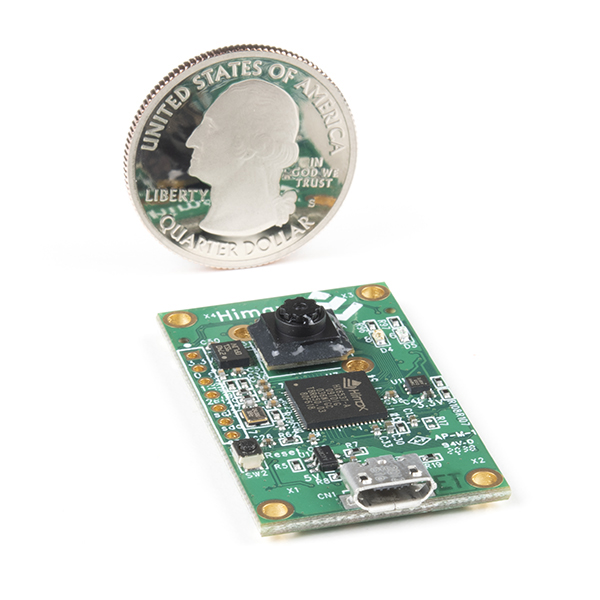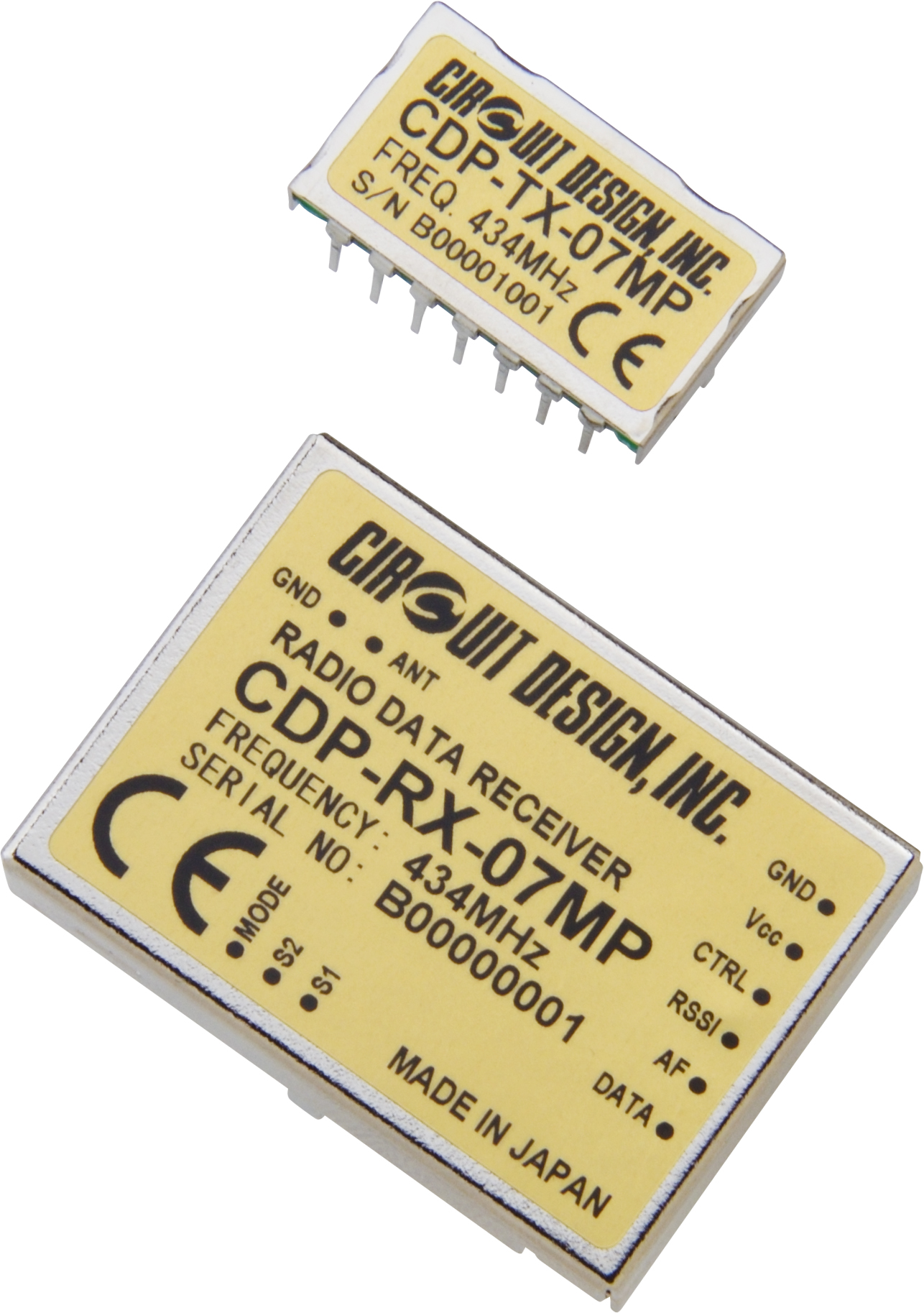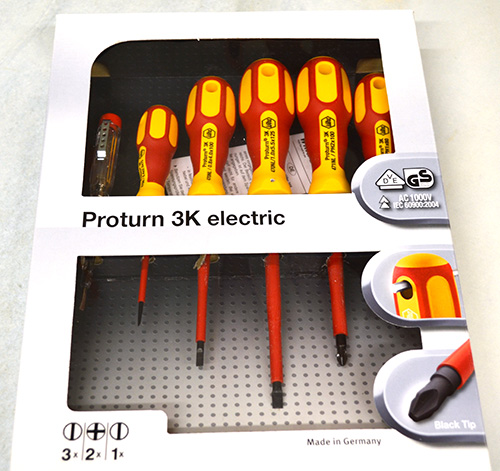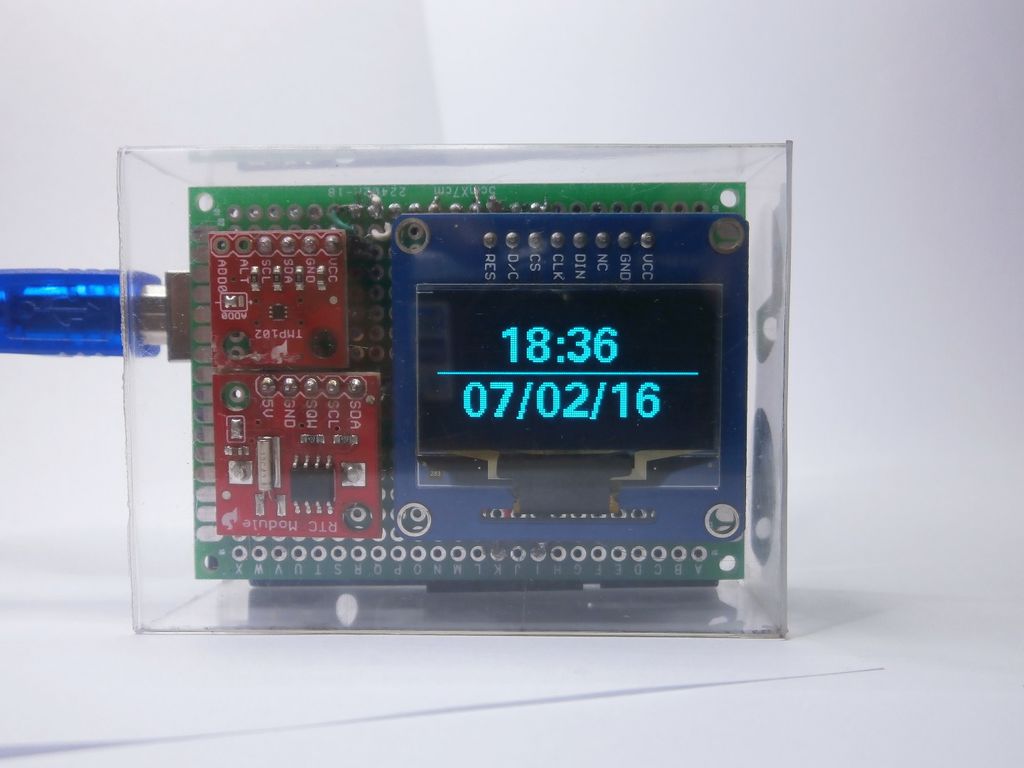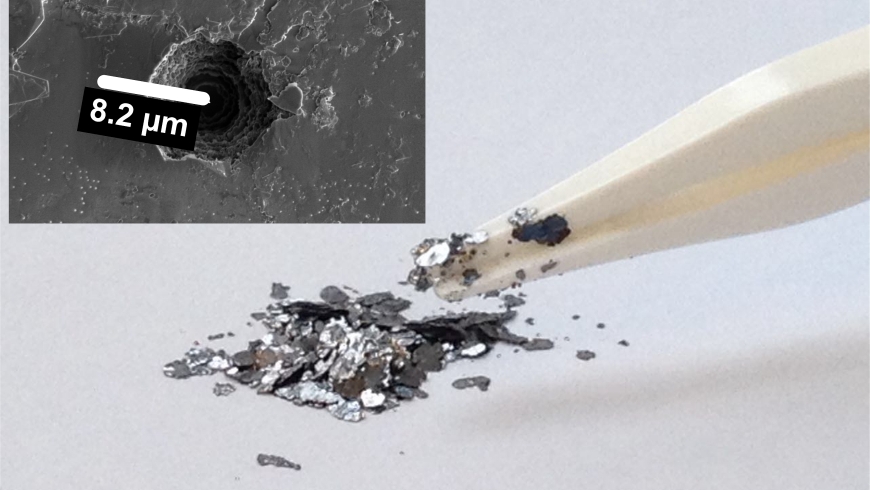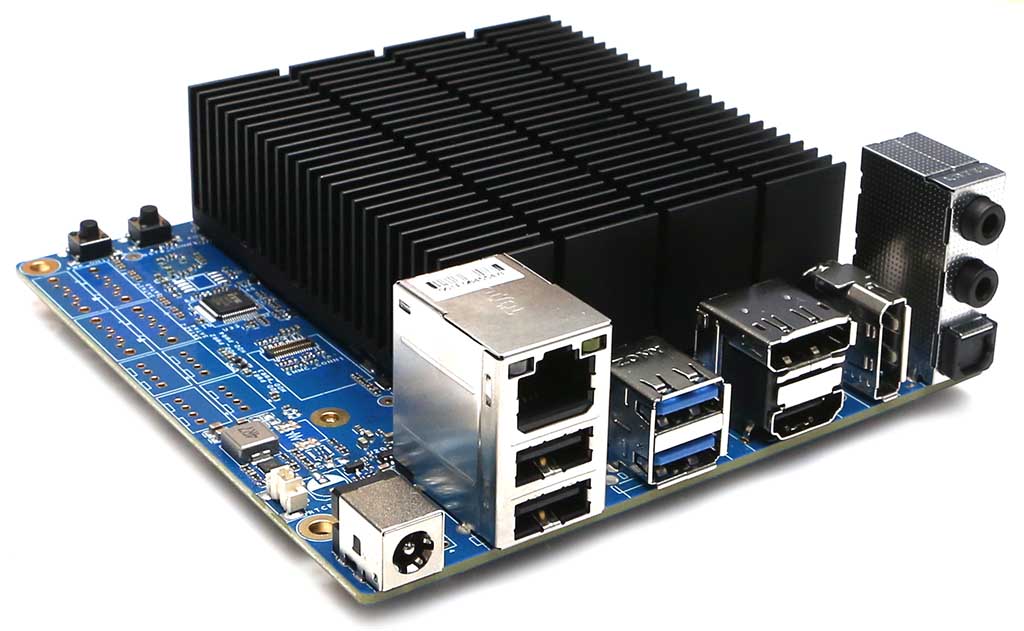
Hardkernel’s ODROID-H4, H4+ and H4 Ultra SBC’s Features Intel N97, and i3-N305 and Intel SoC
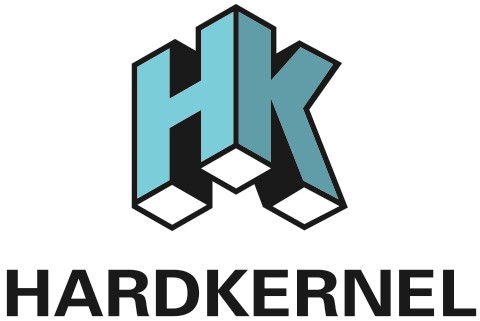
In a recent update, Hardkernel added three new SBCs to their ODROID series the ODROID H4, ODROID H4+, and ODROID H4 Ultra. The ODROID H4 and the H4+ features a 4-core Intel N97 processor, while the flagship H4 Ultra utilizes the 8-core Intel i3 N305 processor.
The N97 is an Intel processor with 4 cores (4C) operating at a clock speed range of 2.0 – 3.6 GHz. It has 6MB of cache memory, a low power consumption of 12W TDP, and integrated Intel UHD Graphics (reaching up to 1.20 GHz) with 24 Execution Units.
In comparison, the Core i3-N305 boasts 8 cores and 8 threads (8C/8T), a clock speed range of 1.8 – 3.8 GHz, 6MB of Smart Cache, slightly higher power consumption at 15W TDP, and Intel UHD Graphics (peaking at 1.25 GHz) with a greater number of Execution Units at 32.
Hardkernel’s ODROID H4, H4+ and H4 Ultra Specifications
| Specifications | ODROID H4 | ODROID H4+ | ODROID H4 Ultra |
|---|---|---|---|
| CPU (Intel) | Processor N97 | Processor N97 | Core™ i3 Processor N305 |
| Code name | Alder Lake-N | Alder Lake-N | Alder Lake-N |
| Launch date | Q1’23 | Q1’23 | Q1’23 |
| Microarchitecture | Gracemont | Gracemont | Gracemont |
| Cores / Threads | 4C4T | 4C4T | 8C8T |
| Cache | 6 MB | 6 MB | 6 MB |
| AVX2 (Advanced Vector Extensions) | Yes | Yes | Yes |
| TDP | 12W | 12W | 15W |
| Single Thread Burst Frequency (GHz) | 3.6 | 3.6 | 3.8 |
| Max. Memory address space (GB) | 48 | 48 | 48 |
| Max. Memory Speed (MT/s) | DDR5-4800 | DDR5-4800 | DDR5-4800 |
| Burst Frequency (MHz) | 1200 | 1200 | 1250 |
| Execution Units | 24 | 24 | 32 |
| Video outputs | |||
| HDMI | 1 | 1 | 1 |
| DisplayPort | 2 | 2 | 2 |
| PCIe (via NVMe slot) | |||
| Generation | Gen 3 | Gen 3 | Gen 3 |
| Lanes | 4 | 4 | 4 |
| Compatibility with optional 4-ports 2.5GbE and Net Card | Yes | Yes | Yes |
| USB 2.0 | 2 ports | 2 ports | 2 ports |
| USB 3.0 | 2 ports | 2 ports | 2 ports |
| 2.5GbE | 1 port | 2 ports | 2 ports |
| SATA III | No | 4 ports | 4 ports |
| 24pin IO Expansion ports | I2C x 2, USB 2.0 x 3, UART x 1, HDMI-CEC x 1, Ext. Power Button x 1 | I2C x 2, USB 2.0 x 3, UART x 1, HDMI-CEC x 1, Ext. Power Button x 1 | I2C x 2, USB 2.0 x 3, UART x 1, HDMI-CEC x 1, Ext. Power Button x 1 |
| Optional Cooling Fan | Slim 92-15 or thick 92-25 mm 12 Volt standard PC 4-pin fan - slim fan fits inside the new cases. | Slim 92-15 or thick 92-25 mm 12 Volt standard PC 4-pin fan - slim fan fits inside the new cases. | Slim 92-15 or thick 92-25 mm 12 Volt standard PC 4-pin fan - slim fan fits inside the new cases. |
| Recommended Power Supply 1 | 60W | 60W | 60W |
| Recommended Power Supply 2 | 133W | 133W | 133W |
| Unlimited Performance Mode | Yes | Yes | Yes |
| Security (TPM 2.0) | - | - | - |
| Hardkernel H-series cases | DIY assembly The cases are made of solid and sturdy PCBs. | DIY assembly The cases are made of solid and sturdy PCBs. | DIY assembly The cases are made of solid and sturdy PCBs. |
| A classic GameCube-style case will be released in May or June separately. | A classic GameCube-style case will be released in May or June separately. | A classic GameCube-style case will be released in May or June separately. | |
| Certifications | FCC/CE/KC/RoHS | FCC/CE/KC/RoHS | FCC/CE/KC/RoHS |
| Pricing | 99 | 139 | 220 |
| Dimensions | 120x120mm (4.7×4.7 in) | 120x120mm (4.7×4.7 in) | 120x120mm (4.7×4.7 in) |
The series has passive heatsinks and optional cooling fans for efficient thermal management. It supports 15V/4A or 19V/7A power adapters in a compact 120mm x 120mm x 47mm size. In Unlimited Performance mode, H4 and H4+ show a 36% improvement over H3+, while H4 Ultra shows an 83% improvement due to advanced cooling and design.
The ODROID-H4 series offers versatility and customization with various memory, storage, and connectivity options. Additionally, it supports Windows, Linux, and Android, catering to diverse user needs.
The base model of the Hardkernel’s ODROID H4 will cost you only $99.00. The H4+ can be bought for $139.00, the CPU, RAM, and Networking options make it suitable for a NAS and the $220.00 H4 Ultra is suitable for those who are going to use this in CPU and GPU-intensive tasks. The company also provides technical documentation, code examples, and others which can be found on their Wiki page. For additional details, check the product announcement on the Odroid forum.





